Gone Girl is a suspenseful film directed by David Fincher and released in 2014. The main characters of the film are played by Ben Affleck and Bae Sun-hwa, and the film won the Best Picture award at the 86th National Society of Critics Awards for its outstanding narrative and camera work, and was nominated for Best Actress at the Academy Awards that year.
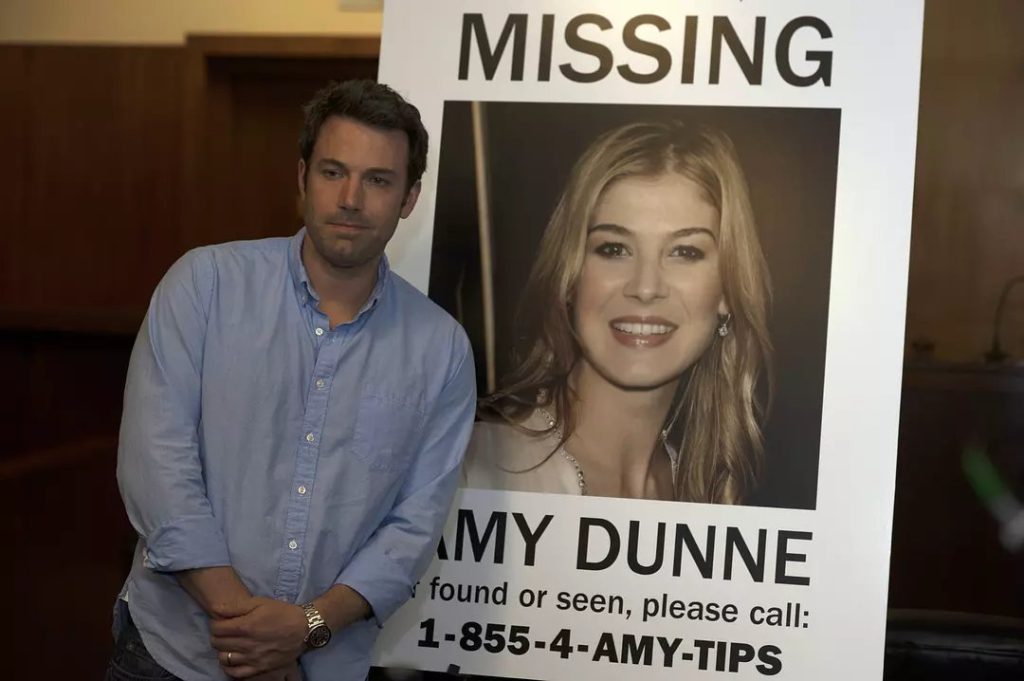
The film tells the story of a bizarre marriage between a man and a woman. The hero and heroine, Nick and Amy, are a perfect match in the eyes of others, but on their fifth wedding anniversary, Amy disappears, and the perfect girl’s diary reveals the so-called evidence that can drive people to the edge of danger.
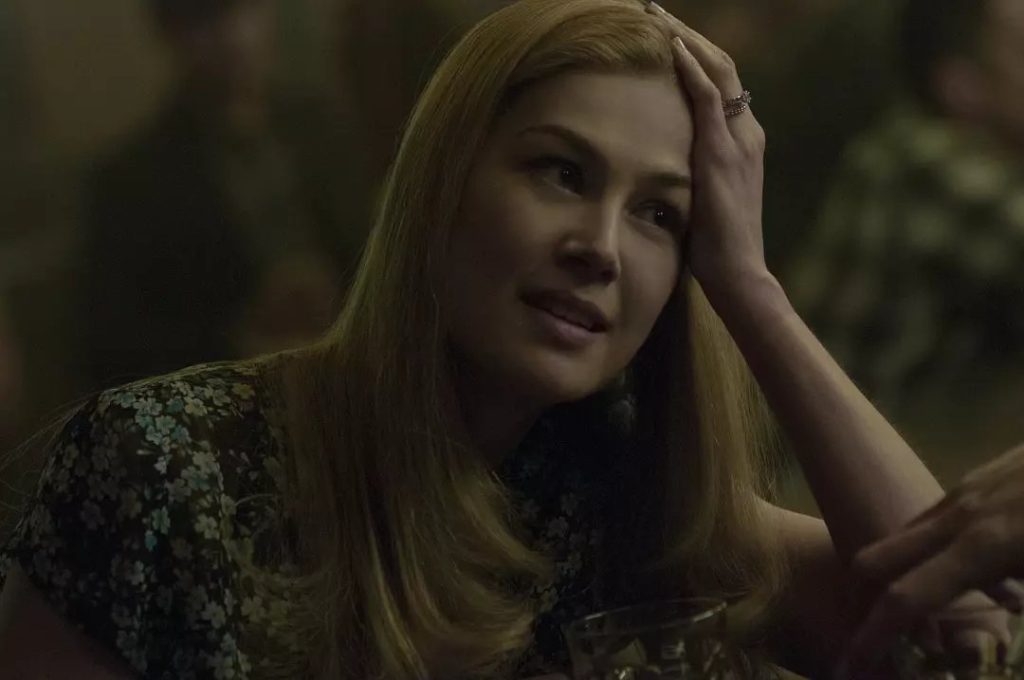
Under heavy pressure from the police, the media, and his daughter’s doting in-laws, Nick, always considered the best man in town, concocts a series of lies and behaves inappropriately. While Nick does suffer, the strange thing is that in the end he is vague and evasive, leaving people wondering if he is the real killer or not. When the police get involved, everyone in the town is at risk and every couple begins to re-examine their side of the story.

The movie “Gone Girl” is based on the 2012 American best-selling novel of the same name. The movie is a suspenseful reborn story that makes the audience immerse themselves in it and enjoy the thrill of brainstorming. Director David Fincher portrays this film with a sharp lens full of noir tone, and the wonderful performance of the actors makes the film quite tense.
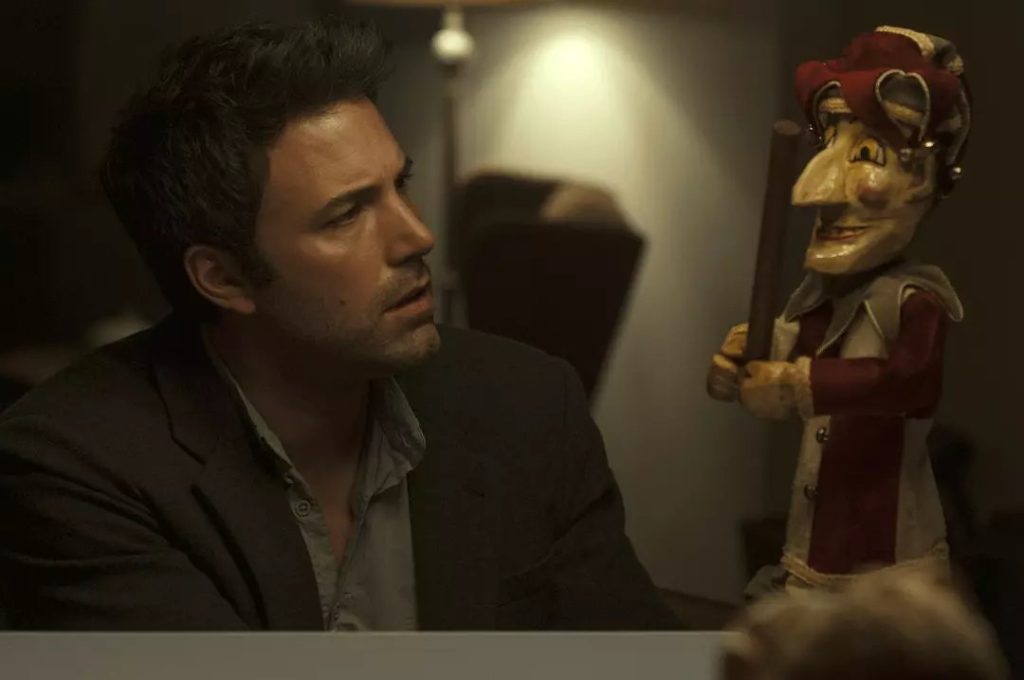
In the film “Gone Girl”, director David Fincher continues his pursuit of lies and truth as always, the film cleverly unfolds the plot through the proposition of lies and truth, the director uses the relationship and conflict between husband and wife, husband and family, husband and media, husband and police as the main thread of the narrative, through the game between Amy and husband Nick Through the game between Amy and her husband Nick, the plot and narrative perspective shift, the truth is divided into pieces and then put back together, giving the audience a series of confusing, full of lies and deception but everyone believes in the black story, showing the cruelty of the American couple’s marriage life and reflective meaning.
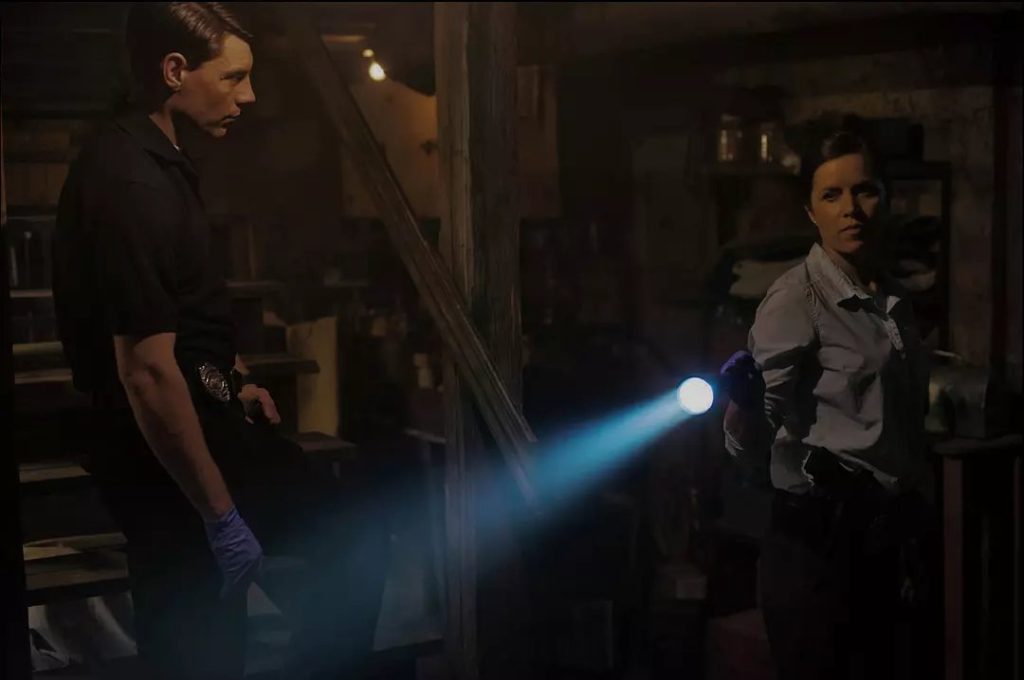
At the same time, although the film uses the most common marriage as the basis of the film, but the director David Fincher through the usual dark satirical narrative style and clever and exquisite plot deconstruction, the marriage of suspense, suspicion, violence and fear in front of the audience, stripped off the last bit of shame in the marriage of two people.
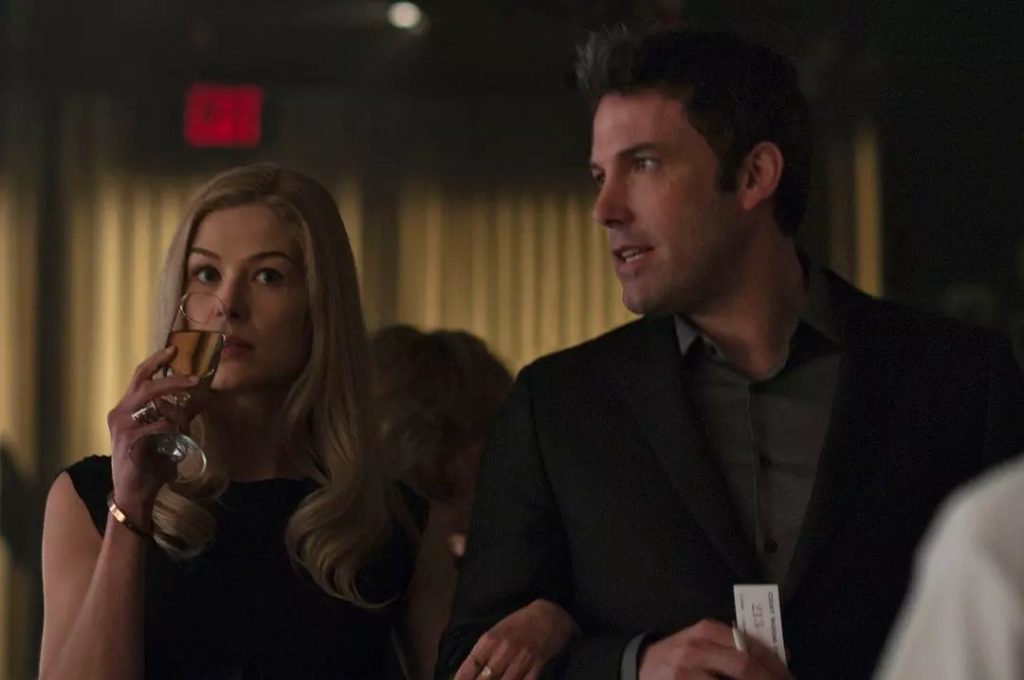
The film’s diverse and rich narrative structure and methods of transformation make the overall pace of the story full of excitement and suspense, the director cleverly in this marriage full of deception through the interpolation of the two had a romantic time, not only to form a strong contrast, but also make the two main characters become more three-dimensional and vivid. At the same time, the use of David Fincher’s special narrative structure makes the whole story more indistinguishable from the real and full of mystery, which makes the audience realize it when the end comes, effectively echoing the end of the story and bringing the viewers to re-explore and reflect on the relationship between the two sexes.
In terms of artistic expression, Gone Girl inherits the creative style of David Fincher’s previous films, but also expands and extends his noir aesthetic to a certain extent, forming a more innovative noir aesthetic. In the choice of story scenes, David Fincher makes full use of the superiority of the interior, so that the shadows and unnatural light inside the house are fully mapped on the characters’ faces, which not only brings out the overall atmosphere of thrill and suspense, but also makes this sense of fear follow the changes in light to reflect the effect of the protagonist’s inner changes and emotional expression. It can be said that the director is more skillful in the scheduling of light and frame. At the same time, the director’s editing, graphics, soundtrack and artwork are well integrated with his own visual aesthetics, showing the aesthetics of noir while deepening the film’s expression and portrayal of the main theme.
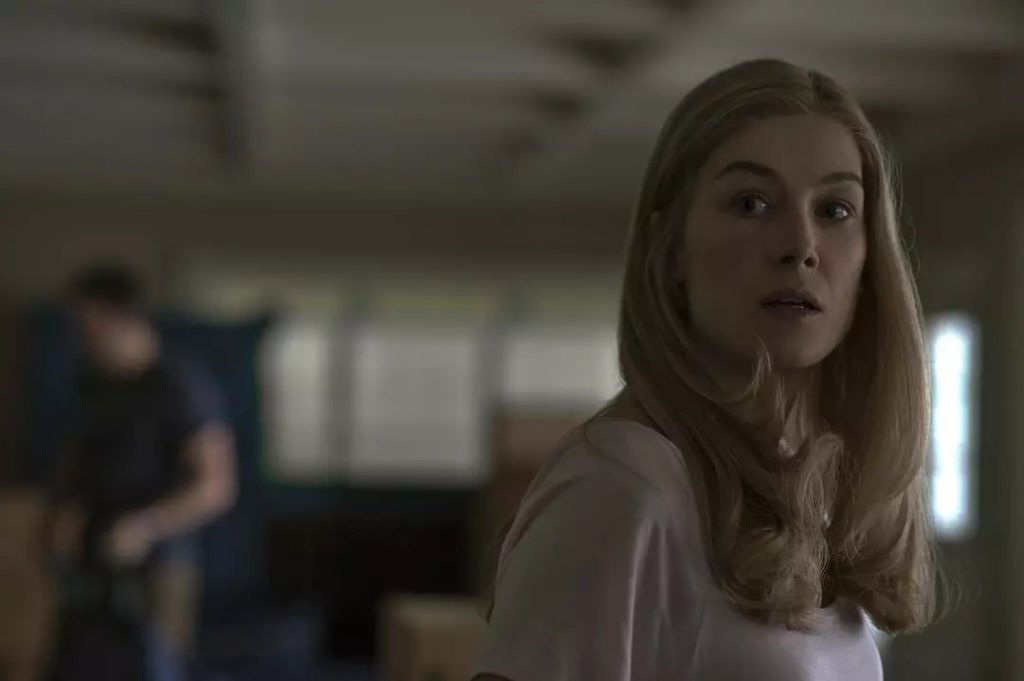
Throughout the film, there is no doubt that David Fincher has once again demonstrated his mastery of the play, the overall adaptation of the film is quite successful, the director uses a combination of diverse narrative methods and rich camera language, while fully expressing the artistic aesthetics of his film, showing people the film’s deep-seated exploration of the relationship between the sexes, marriage and love, behind the story full of irony and creativity, giving people a It can be said that this film is another classic suspense masterpiece among David Fincher’s many works.
